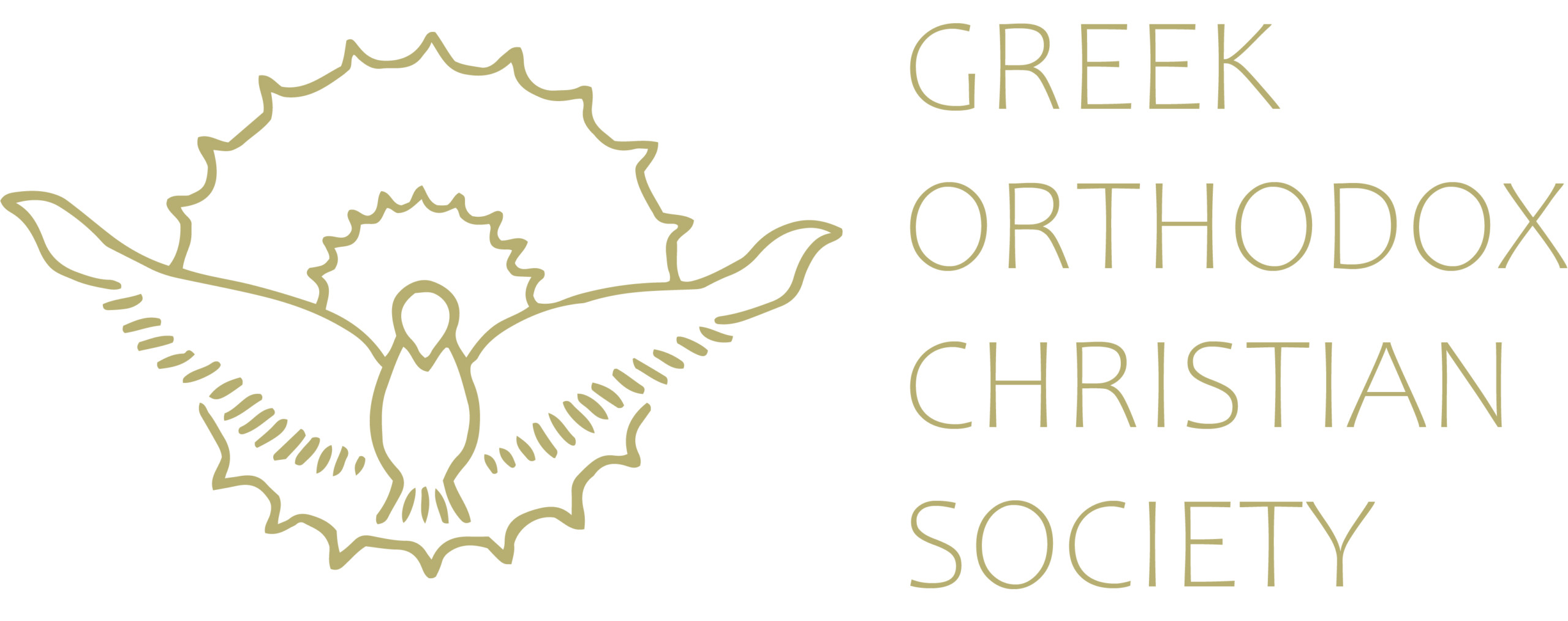Our Creed
![]()
“And was crucified for us under Pontius Pilate, and suffered, and was buried.”
Just as the climax of the liturgical calendar for Orthodox Christians each year is Holy Week and Pascha, Article 4 of the Creed brings us to the climatic events of Christ’s saving work for mankind – His death and His resurrection.
Christ Himself alluded several times to His upcoming death as we read in the Gospels. This is particularly evident in the Gospel according to Mark, where our Lord’s journey towards His Passion and Crucifixion is characterised by a sense of great determination and haste.
“Now they [disciples] were on the road, going up to Jerusalem, and Jesus was going before them; and they were amazed.” (Mark 10:32) The disciples were fearful because although they did not yet fully understand Who Christ was and what His mission was, He had warned them “… the Son of Man must suffer many things… and be killed…” (Mark 8:31). Yet our Lord proceeded towards His Passion with full knowledge of the events to come and with eagerness to accomplish them.
The “voluntary passion” of our Lord is especially emphasised in the hymnology of Holy Week, but also at every Divine Liturgy – “H
![]()
e came and fulfilled all the divine plan for us, and on the night He was given up, or rather gave Himself up, for the life of the world…”
Further, Christ signified the specific type of death He would encounter – Crucifixion – when He said “and I, when I am lifted up from the earth, will draw all peoples to Myself” (John 12:32).
Why, we may wonder, was this the way in which Christ died for us? Why with such shame and ignominy (for the Cross was the Romans’ most dreaded instrument of torture)?
St Athanasios the Great provides various insights in his work “On the Incarnation.”
The holy father emphasises the significance of Christ’s death being a public affair i.e. not carried out in secret, but taking place in full view for all to see. The perception of Christ’s death would have important repercussions on people’s belief in His Resurrection: “How then could the end of death, and the victory over it, be demonstrated, unless summoning it in the sight of all He proved it to be dead, being annulled thereafter by the incorruptibility of the body?”
He also states that “the Life of all, our Lord and Saviour Christ, did not devise a death for His own body, lest He should appear fearful of some other death, but He accepted and endured on the cross that inflicted by others, especially by enemies, which they reckoned fearful … and shameful, in order that this being destroyed, He might Himself be believed to be Life, and the power of death might be completely annihilated.”
![]()
That the Church fathers included the name of the Roman procurator “Pontius Pilate” in the Creed proclaims the truly historical nature of Christ’s crucifixion.
That Christ actually “suffered, and was buried” is also purposefully stated, as even from the time of the Apostles, the Christians were faced by heretics (Docetists) who taught that Christ only “seemed / appeared” to be human, and to suffer and die on the Cross, thus rejecting His human nature and redemptive work for our salvation.
The image of the Crucified Christ with His outstretched arms is a visible reminder to us of God’s universal, timeless, all-encompassing embrace over humanity. May it move us to turn to Him, and run to Him, asking for His great mercy of which we are all in need.
Source: Lychnos October 2021 / November 2021
